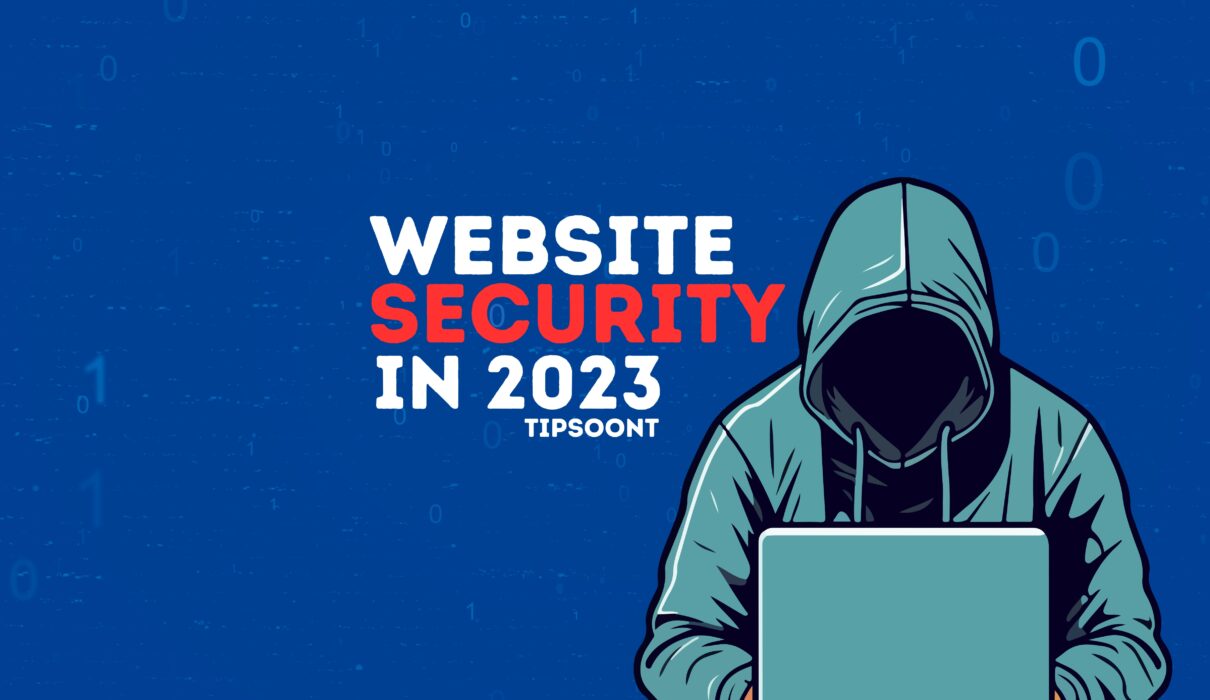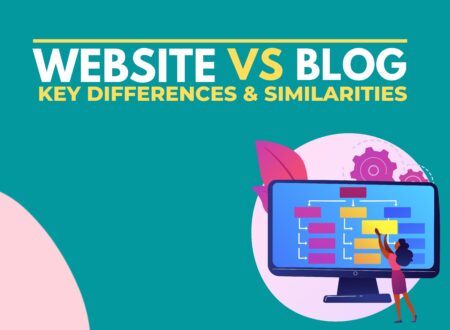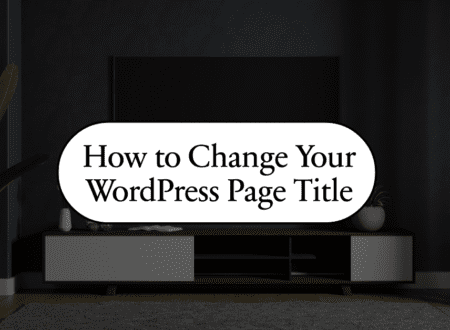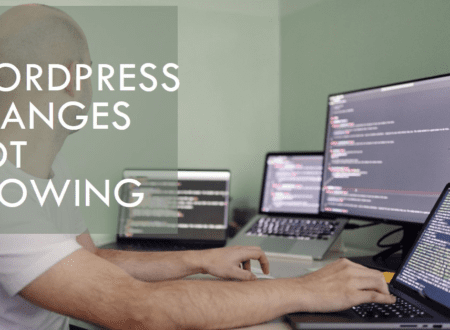WordPress is a great platform for building websites, but it’s important to know how to Secure Your WordPress Site. In this post, I’m going to share some of the best tips and best practices to secure Your WordPress Website, so that you can keep your site safe from hackers.
WordPress is a popular content management system (CMS) used by over 43% of all websites According to stats of 2023. While it is a powerful platform, it is also a target for hackers. In order to protect your WordPress site from attack, it is important to take steps to secure it.
Tips to Secure Your WordPress Site
Here are some of the most important WordPress security tips to Secure Your WordPress Site in 2023. You Should Know that a website is essential for every Business and as a Business, it is essential thing to Save it from Hackers and Malware Planning Should be Long-term Term If you follow these tips The site will be Safe Let’s Dive into it.
1. Keep your WordPress core software, plugins, and themes up to date.
WordPress releases regular security updates to patch vulnerabilities. It is important to install these updates as soon as they are available. You can check for updates by going to Dashboard > Updates.
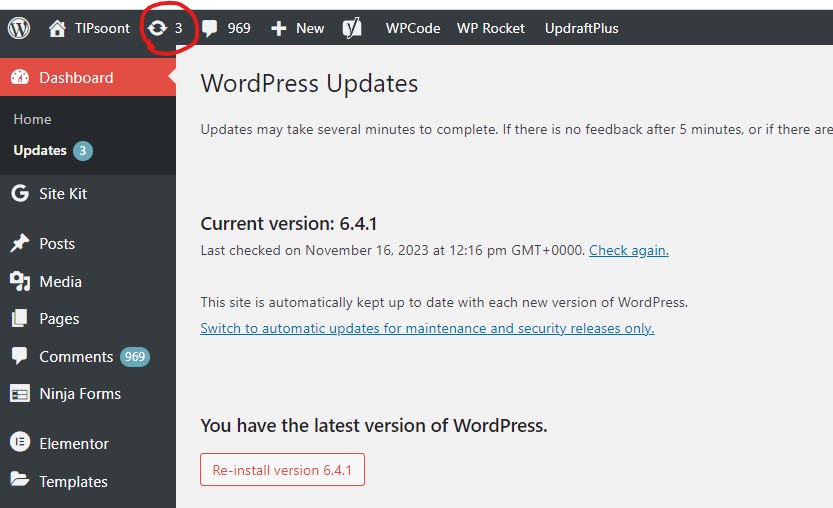

2. Use strong passwords for all of your WordPress accounts.
A strong password is at least 12 characters long and includes a mix of upper and lowercase letters, numbers, and symbols. You should avoid using easy-to-guess passwords, such as your name, birthday, or common words.
You can use a password manager to help you create and manage strong passwords for all of your WordPress accounts.
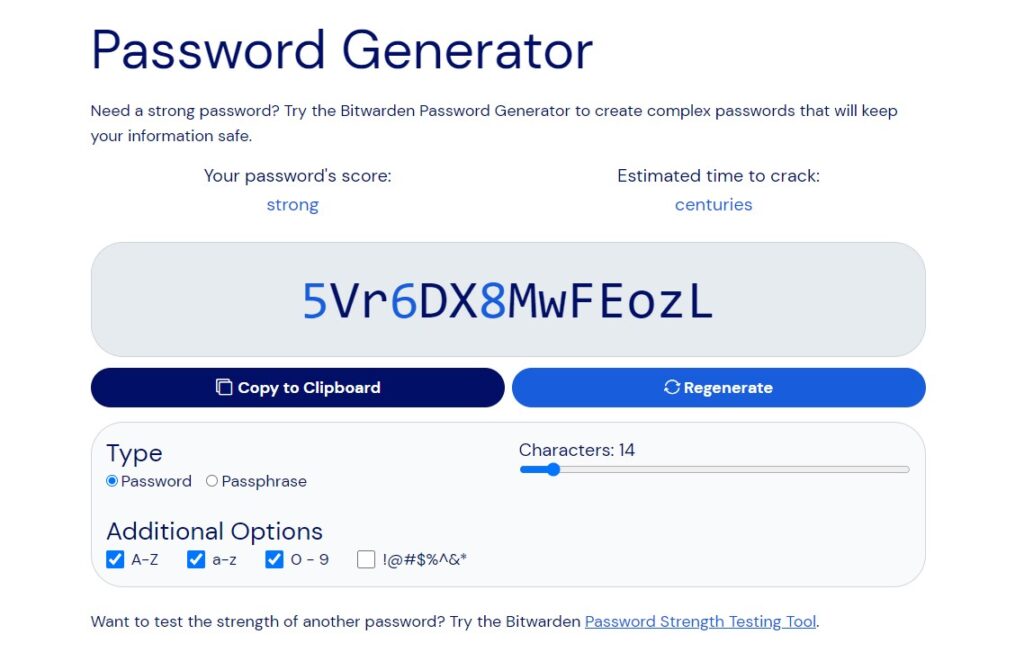

3. Enable two-factor authentication (2FA) for your WordPress admin account.
2FA adds an extra layer of security to your WordPress admin account by requiring you to enter a code from your phone in addition to your password when logging in.
There are a number of different 2FA plugins available for WordPress. One popular option is Two-Factor Authentication by Auth0.
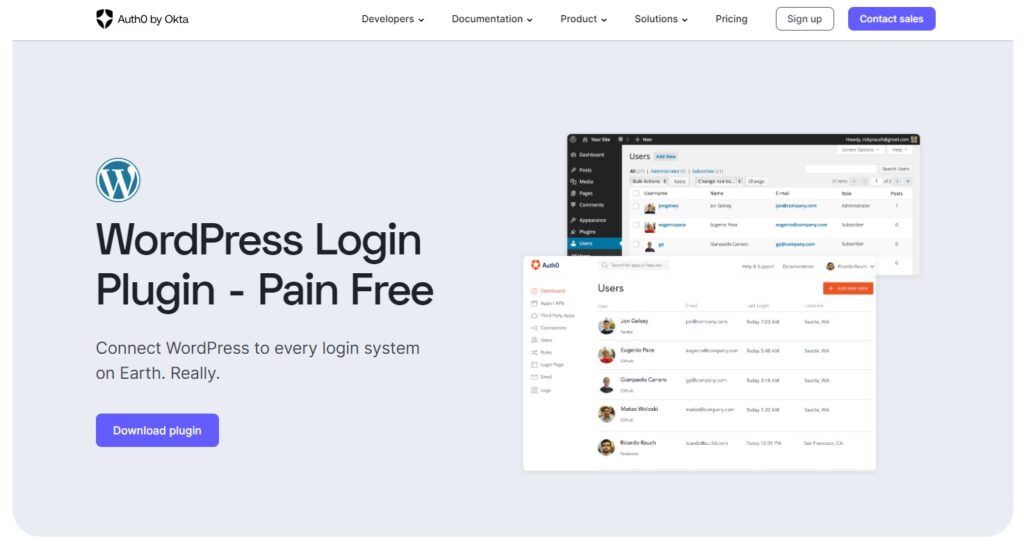

4. Use a security plugin to scan your site for malware and vulnerabilities.
A security plugin can help you to scan your WordPress site for malware and vulnerabilities. There are a number of different security plugins available, such as Wordfence, Sucuri Security, and iThemes Security.
Security plugins can also provide other security features, such as login protection, blocking malicious traffic, and monitoring your site for changes.
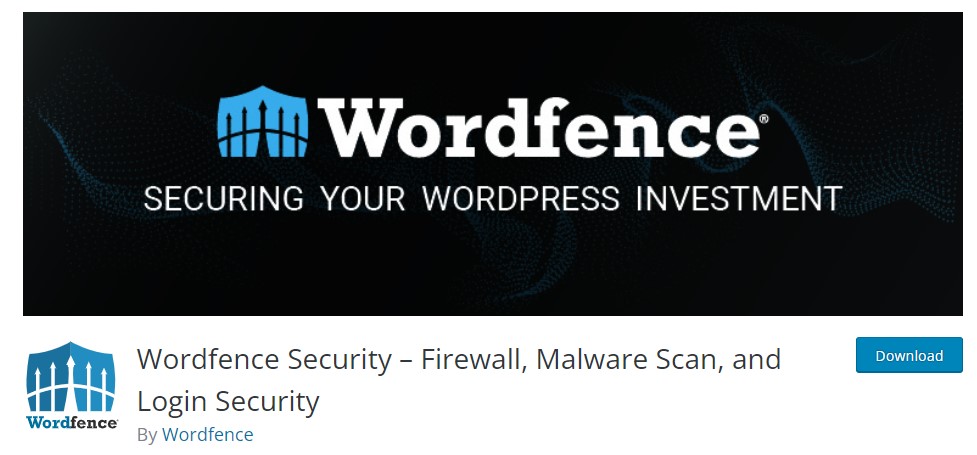

5. Never use nulled or GPL plugins.
Nulled plugins are pirated plugins that have been modified to remove licensing restrictions. GPL plugins are open-source plugins that are free to use and modify.
While it may seem tempting to use nulled or GPL plugins, it is important to avoid doing so. Nulled plugins may contain malware, and GPL plugins may not be as secure as commercial plugins.
6. Back up your WordPress site regularly.
Backing up your WordPress site regularly is important in case your site is compromised. You can use a backup plugin to automate the backup process.
There are a number of different backup plugins available, such as UpdraftPlus, BackWPup, and VaultPress.
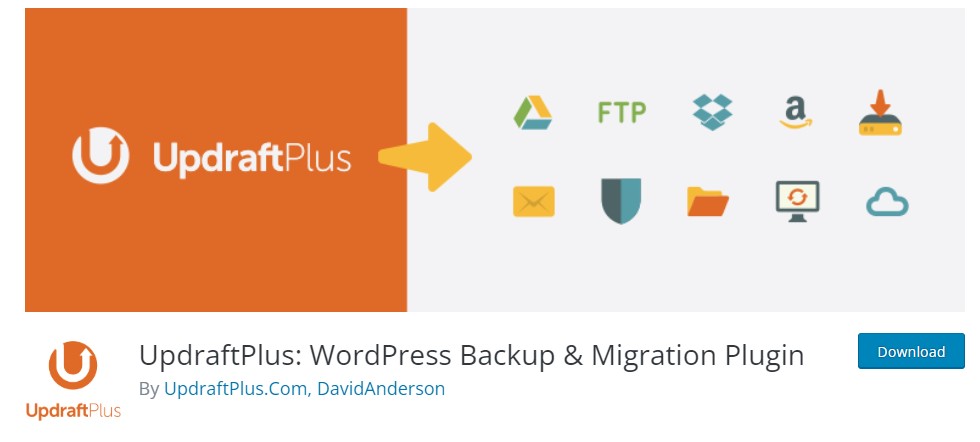

7. Limit the number of login attempts.
You can limit the number of login attempts allowed on your WordPress site by using a plugin such as Limit Login Attempts Reloaded. This will help to protect your site from brute-force attacks.
8. Use CAPTCHA on the login page.
CAPTCHA is a challenge-response test used to determine whether or not a user is a human. By using CAPTCHA on the login page, you can help to prevent bots from logging into your site.
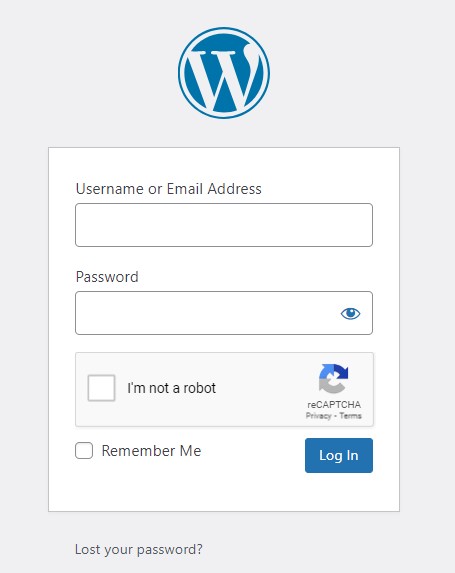

9. Disable the default admin user account.
The default admin user account is often targeted by hackers. You can disable this account by going to Users > All Users.
Once you have disabled the default admin user account, you should create a new admin user account with a strong password.
10. Use a web application firewall (WAF).
A WAF can help to protect your WordPress site from common web attacks, such as SQL injection and cross-site scripting.
There are a number of different WAF plugins available for WordPress. One popular option is Wordfence Security.
11. Change the default WordPress database prefix.
The default WordPress database prefix is wp_. This makes it easy for hackers to guess your database table names.
You can change the default database prefix by going to Settings > General.
12. Educate your users about WordPress security.
It is important to educate your users about WordPress security, especially if you have a multi-user WordPress site. Your users should be aware of the latest WordPress security threats and how to protect themselves.
By following these tips, you can help to keep your WordPress site safe from hackers.
Conclusion
WordPress security is an important consideration for any WordPress site owner. By taking the steps outlined in this article, you can help to protect your site from attack.
Securing a WordPress site is vital due to its popularity, attracting hackers. Regular updates for software, strong passwords, two-factor authentication, and reliable security plugins are crucial. Avoiding risky plugins, regular backups, limiting login attempts, using CAPTCHA, and educating users are key. These proactive steps fortify sites against cyber threats.
- Create a Killer Pillar Content Strategy in just 5 steps - June 21, 2024
- Web Designer Vs Web Developer | The Future Lies In? - May 15, 2024
- Top 6 Web Developer Soft Skills & Hard Skills in 2024 - April 6, 2024


